The school of things: Simon Lee's Five Decades exhibition addresses Japanese post-modernity
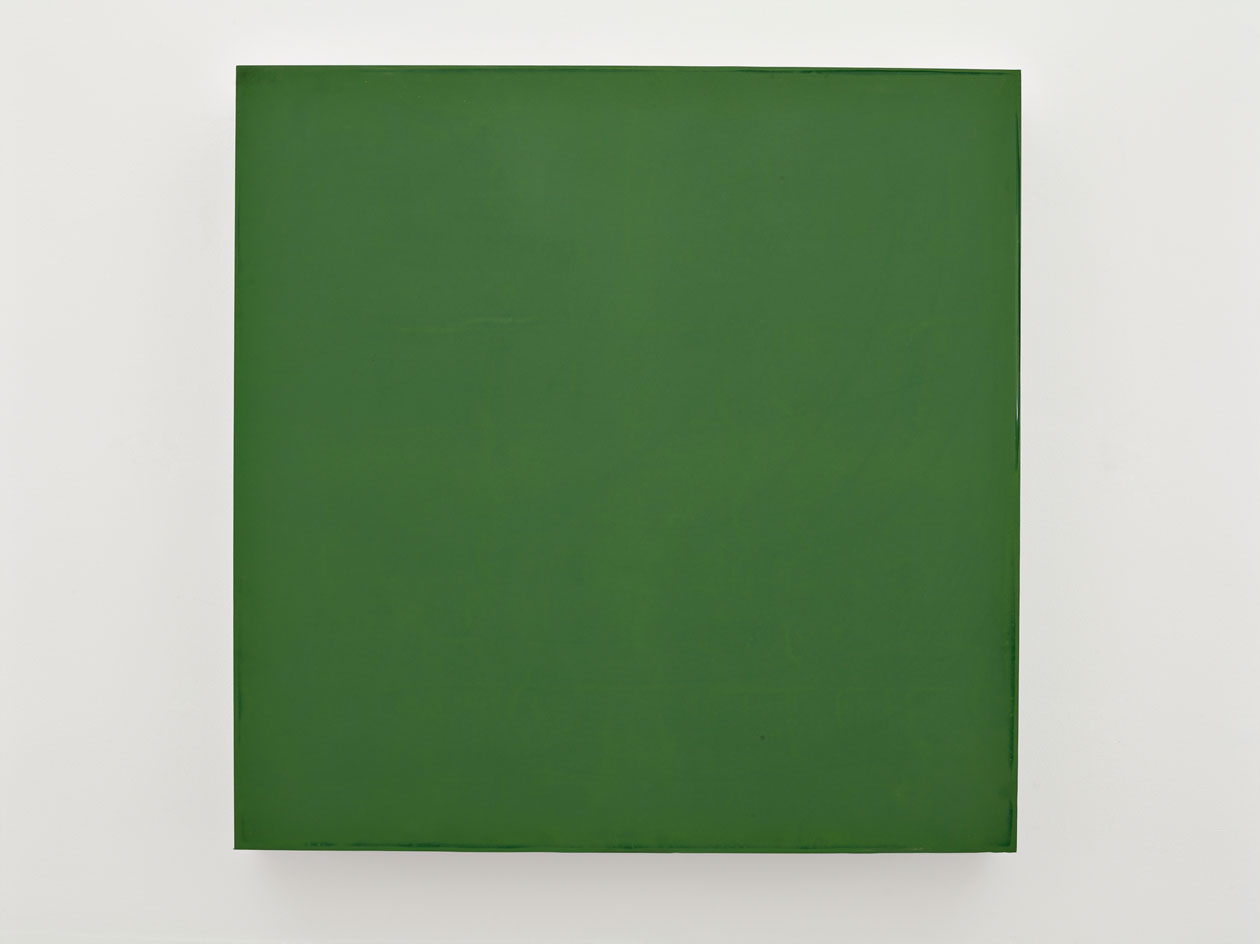
In 1965 the artist Tatsuo Kawaguchi brought together nine artists to dig a hole by the Nagara River in Kobe, Japan. 'Hole' was one of the first 'happenings' in the Far East and one of only six works by the collaborative group that called itself 'i'. By the end of the performance, the group would fill the hole back up making it indistinguishable from its earlier state. The process was key, the work ephemeral, leaving only a memory in the mind of the viewers - not that there were many.
Kawaguchi went on to become a proto-figure of the postmodern Mono-ha movement, a moment in Japanese art history lasting only three years. Because Mono-ha constituted only a brief flash of productivity, from 1968 to 1971, the London gallerist Simon Lee has called in works from five decades surrounding it, illustrating the movement's origins and influence. This he's done with input from Taka Ishi Gallery in Tokyo.
Only four artists appear in 'Five Decades: Sculpture and Works on Paper', but they offer a decent primer on the School of Things, as the name translates. Each in his own way, the figures depict a fraught period in the country's history, post-Hiroshima, pre-boom, during a time of rapid urbanisation and alienation from traditional forms of art, culture and domesticity.
Kawaguchi encapsulates the legacy of Mono-ha with works that investigates modern materials that escape their brutal purpose. In his 1989 work Stone and Light No.4, he pierces an organic stone form with an industrial neon tube. More elegant are the monochrome 'wall sculptures' of Noriyuki Haraguchi: industrial polyurethane taken from a hospital floor. One perfect square is a rustic green that is, of course, the very antithesis of natural. His layers of rusted iron ('Untitled', 2003) display the effects of weather on a precise, machine-cut block.
Noboru Takayama, who arrived at the Mayfair gallery this week to help with the installation, shows the latest and most affecting work. 'Fallen Wing - Headless Scenery' (2015) encompasses 25 wood railway ties stained with creosote and piled in a pick-up sticks formation. They recall the soot-stained casualties of the Japanese railway but also allude to the bodies the artist witnessed being pulled from a collapsed mine in his youth. Suitably buried in the basement gallery, they are requiems for the sacrificial human pillars of Japanese modernisation and perhaps a lament for the ever-distant 'i'.
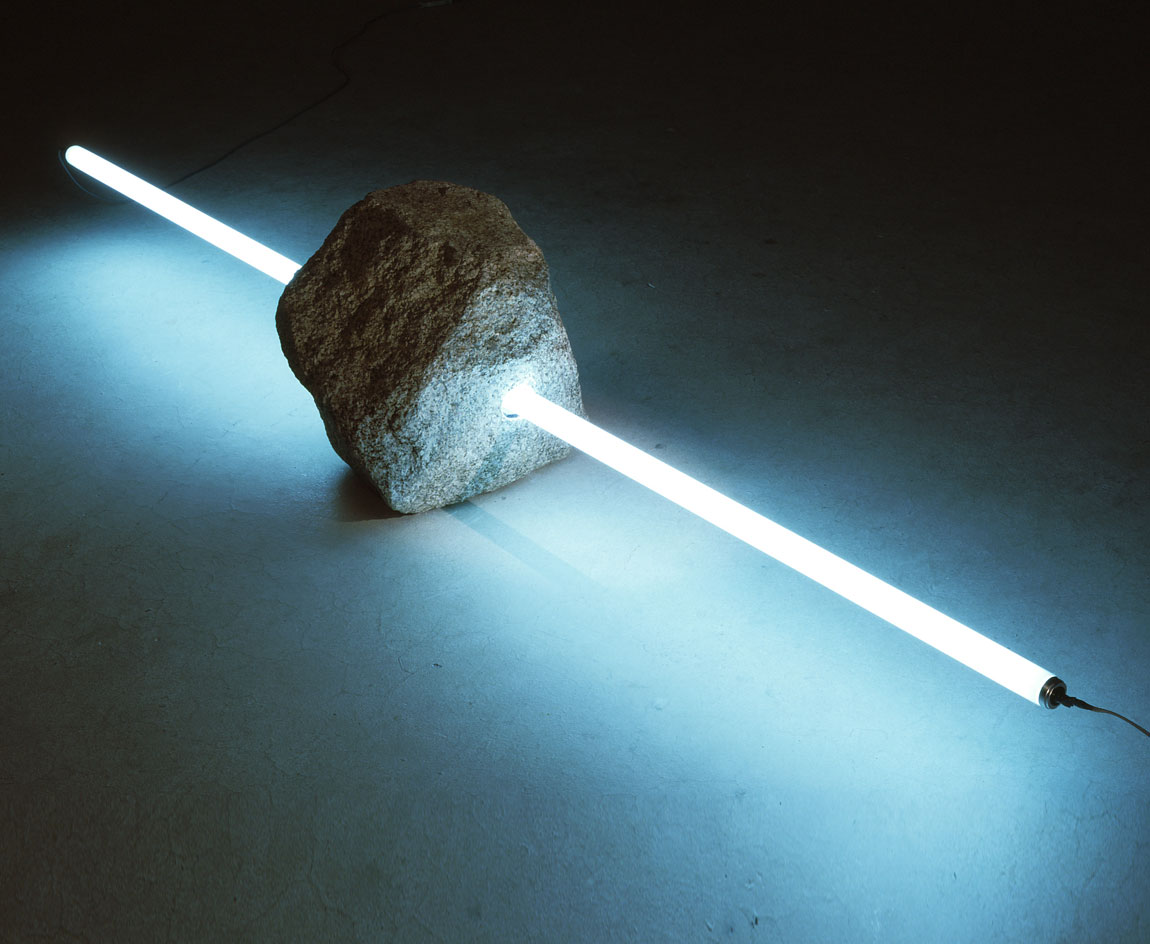
Deeply engrained within the broader movement of conceptualism, the ephemeral phenomenon of Mono-ha was concerned with the relationship between the industrial and the natural, as exemplified by this rock pierced by a neon tube,
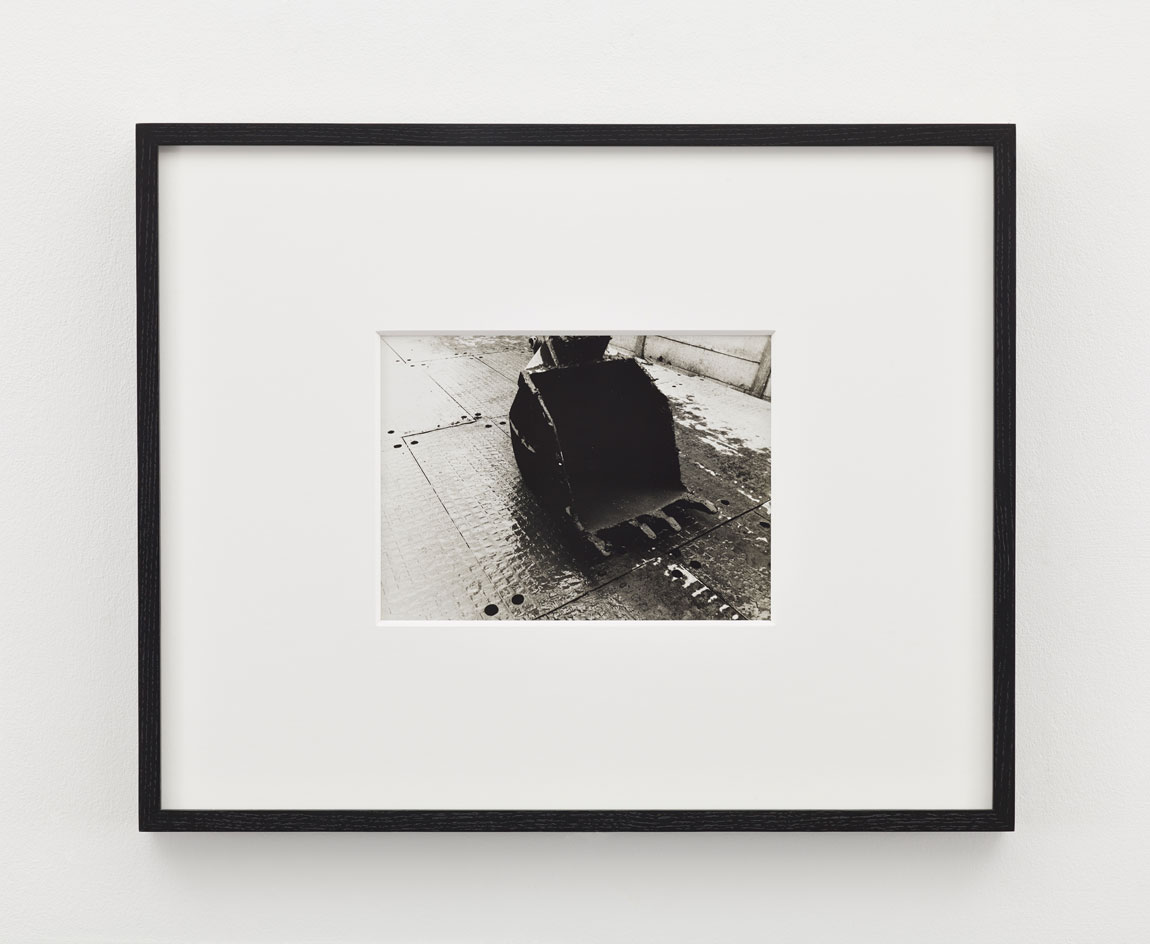
Other overarching ideas and concerns for Mono-ha included the fear of rapid modernisation, entailing a sense of alienation. The series of photographs portrays precisely this: a sense of nostalgia and detachment from the physical world
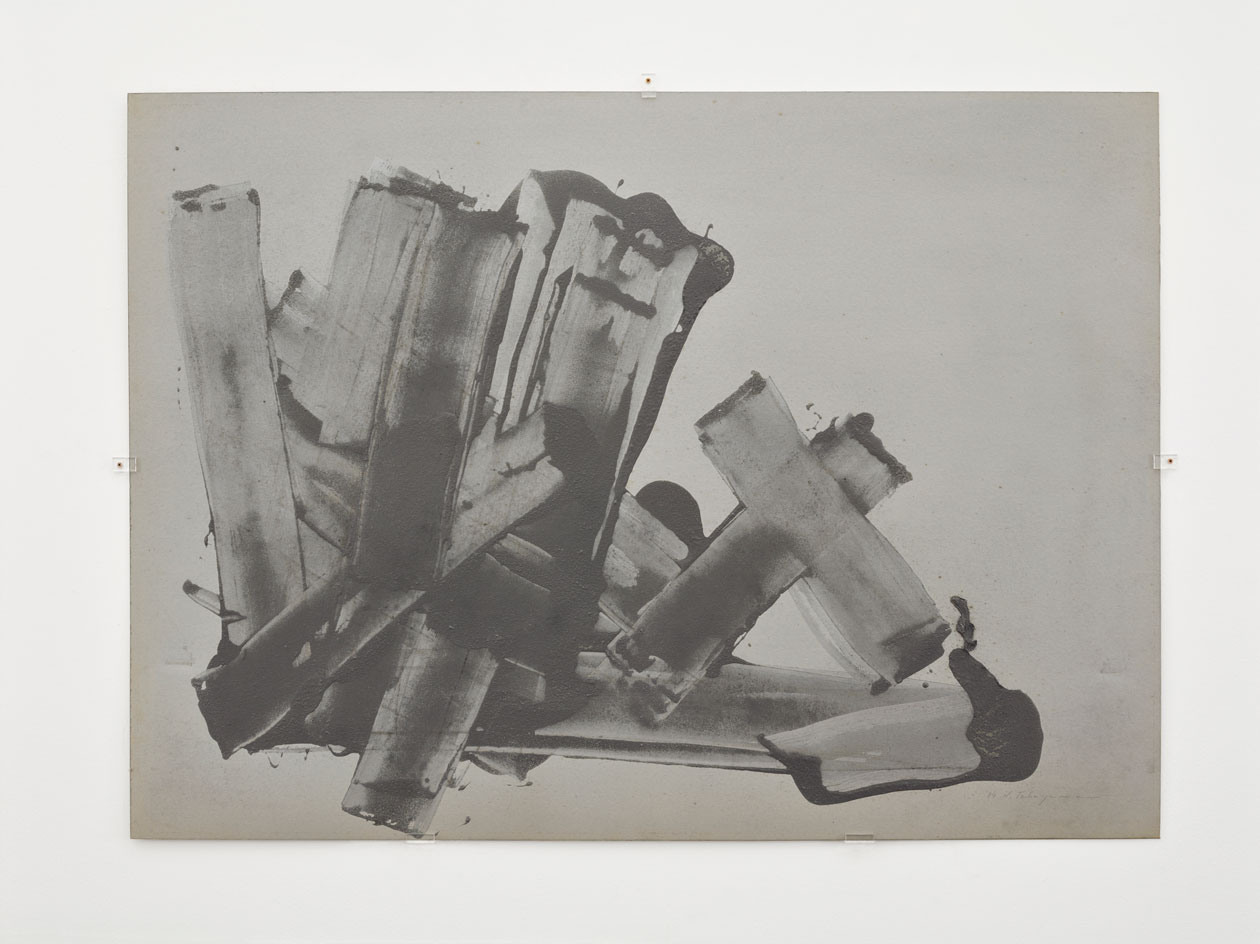
The show moreover focuses on what surrounds the movement of Mono-ha and the contextual history supporting it. In this perspective, artworks from the 70s as well as more contemporary pieces are featured, in an effort to demonstrate the historical and artistic evolution which took place after the 70s, but also the diverging paths which were independently undertaken by the four artists
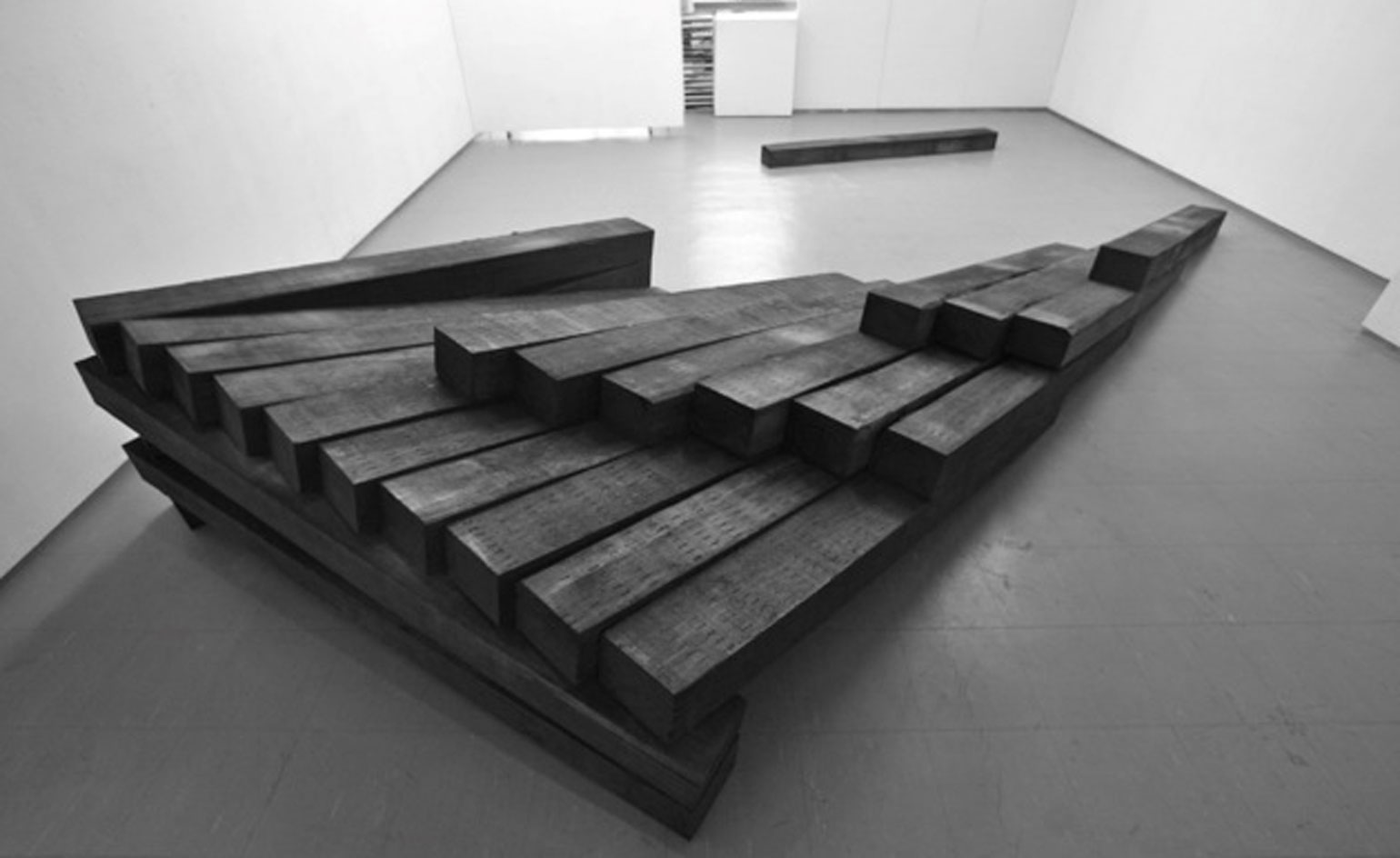
'Fallen Wing - Headless Scenery,' achieved in 2015 by Noboru Takayama, is perhaps the most evocative piece of the show. Its wooden composition and elongated shape reminds of the Japanese wood railway ties which evoke, in turn, the tragic collective memory of soot-stained casualties
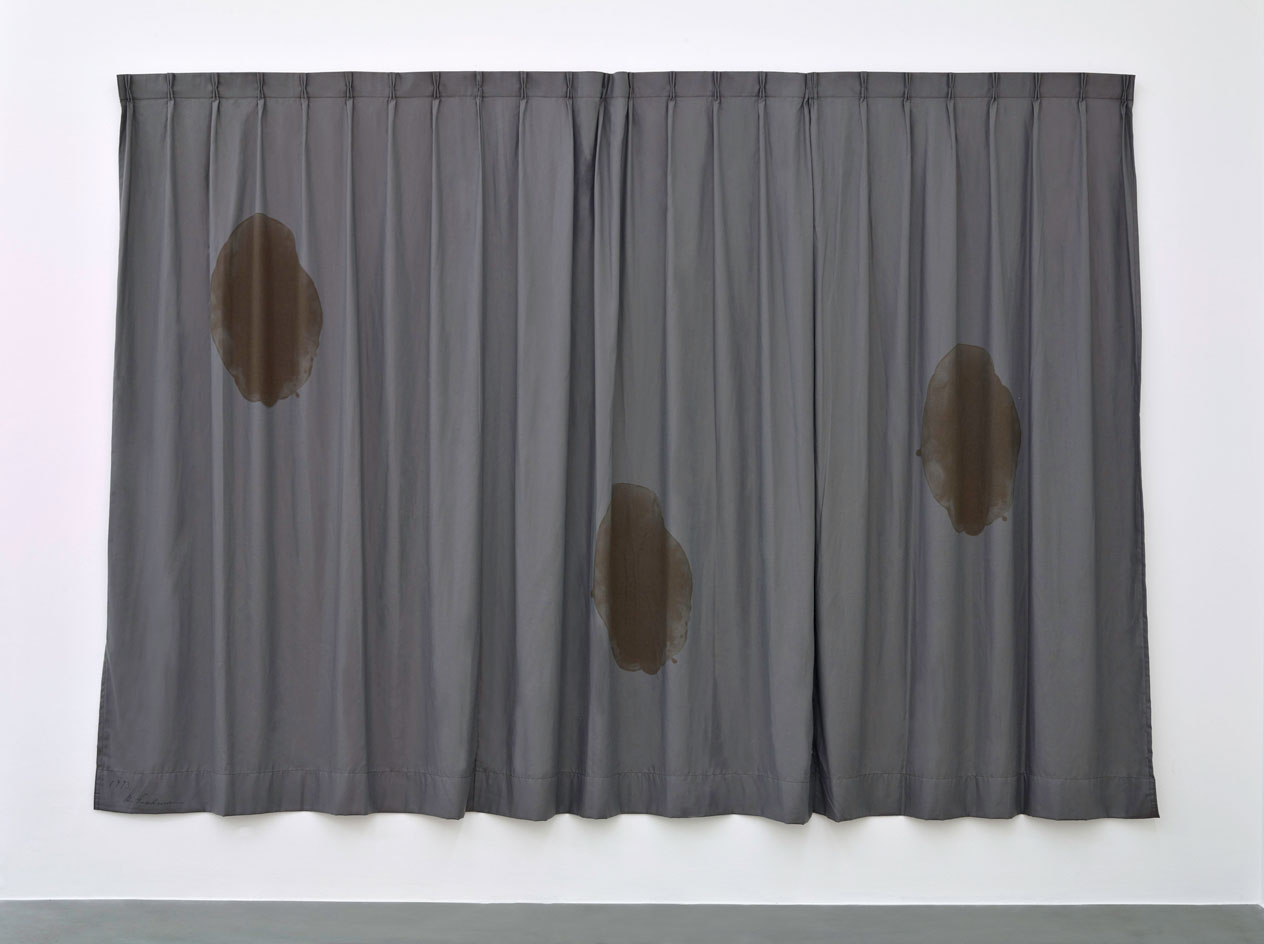
Koji Enokura's stained curtain attached to the wall metaphorically represents the tendency to place barriers between man and matter. It evokes tension and frustration, further developing the sense of alienation he had worked on with his photographs
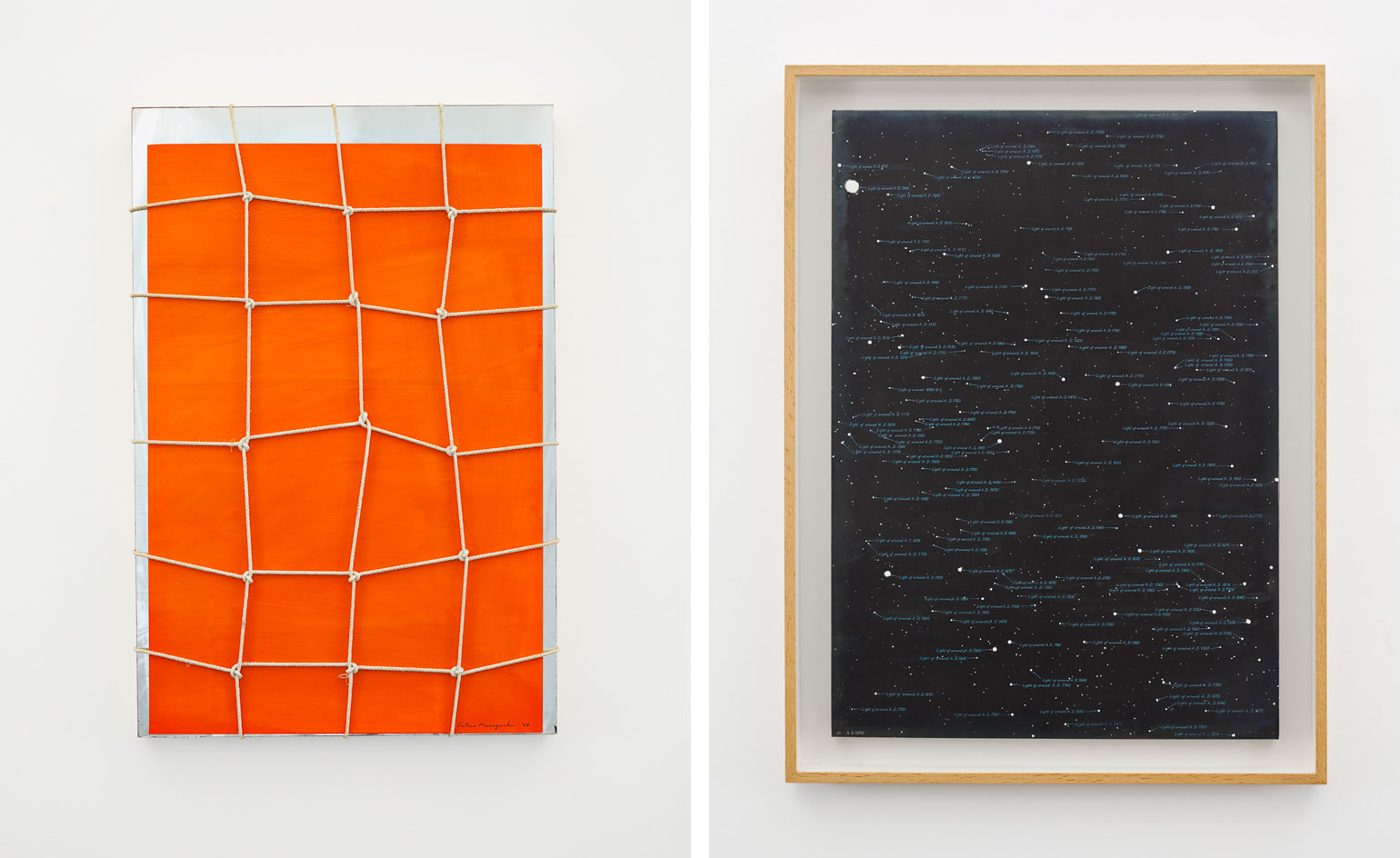
The intrinsic relationship the industrial and the natural share through Mono-ha is exacerbated here, as the materials used to fill the canvas are not the traditional paint or pastel but rather rope and polyurethane
ADDRESS
12 Berkeley Street
London W1J 8DT
Receive our daily digest of inspiration, escapism and design stories from around the world direct to your inbox.
Based in London, Ellen Himelfarb travels widely for her reports on architecture and design. Her words appear in The Times, The Telegraph, The World of Interiors, and The Globe and Mail in her native Canada. She has worked with Wallpaper* since 2006.
-
 New tech dedicated to home health, personal wellness and mapping your metrics
New tech dedicated to home health, personal wellness and mapping your metricsWe round up the latest offerings in the smart health scene, from trackers for every conceivable metric from sugar to sleep, through to therapeutic furniture and ultra intelligent toothbrushes
-
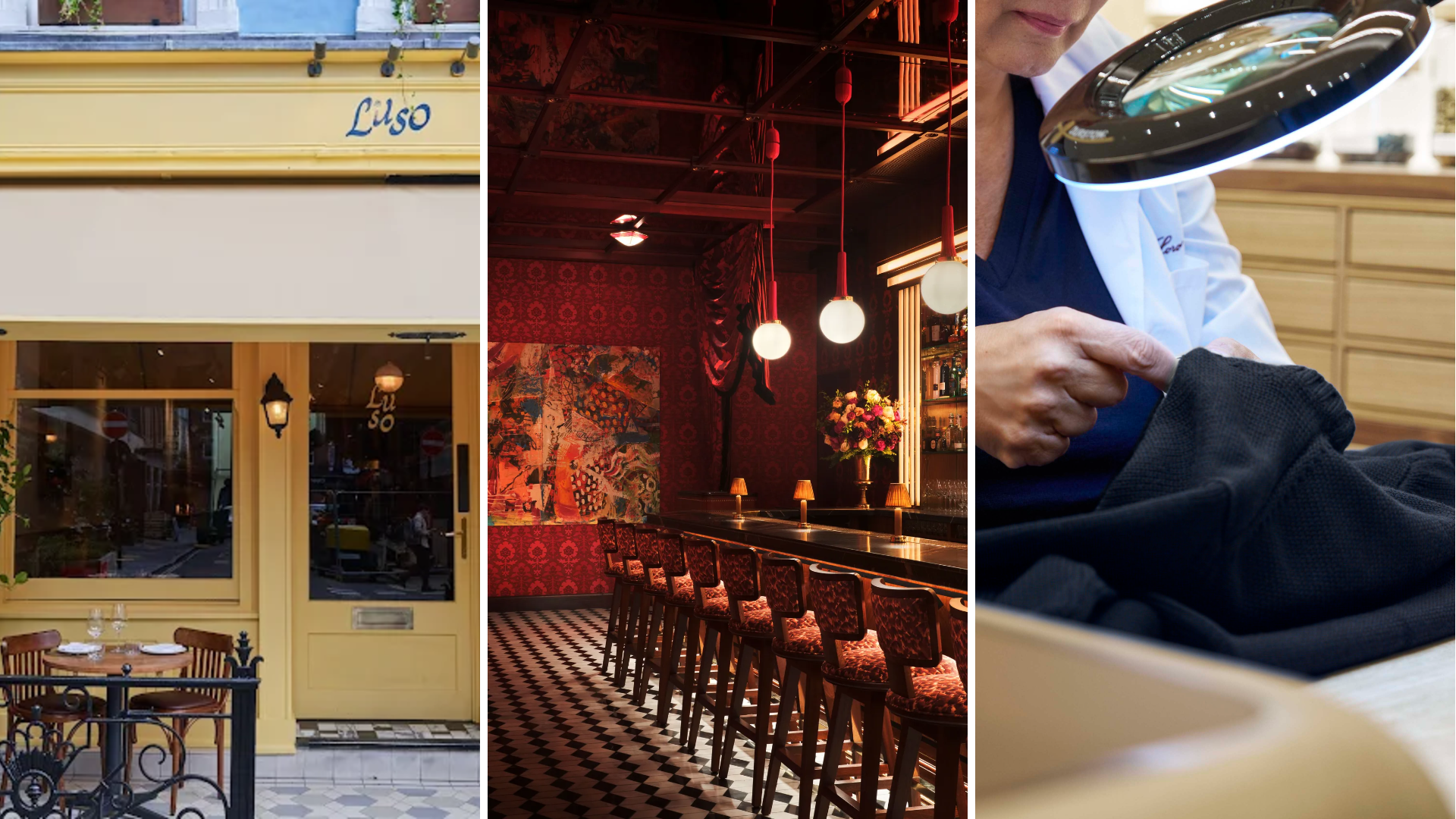 Out of office: The Wallpaper* editors’ picks of the week
Out of office: The Wallpaper* editors’ picks of the week'Tis the season for eating and drinking, and the Wallpaper* team embraced it wholeheartedly this week. Elsewhere: the best spot in Milan for clothing repairs and outdoor swimming in December
-
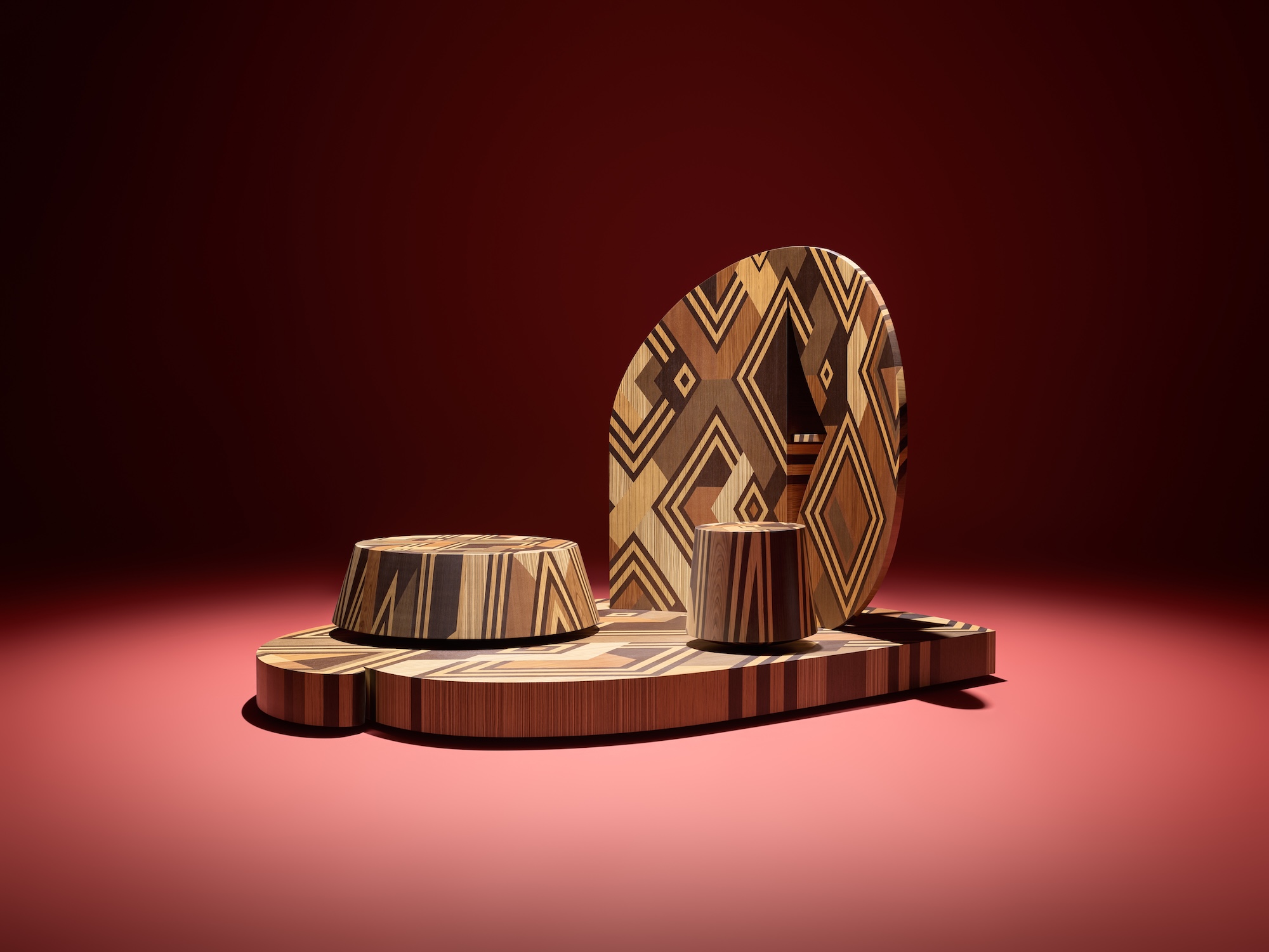 How Stephen Burks Man Made is bringing the story of a centuries-old African textile to an entirely new audience
How Stephen Burks Man Made is bringing the story of a centuries-old African textile to an entirely new audienceAfter researching the time-honoured craft of Kuba cloth, designers Stephen Burks and Malika Leiper have teamed up with Italian company Alpi on a dynamic new product
-
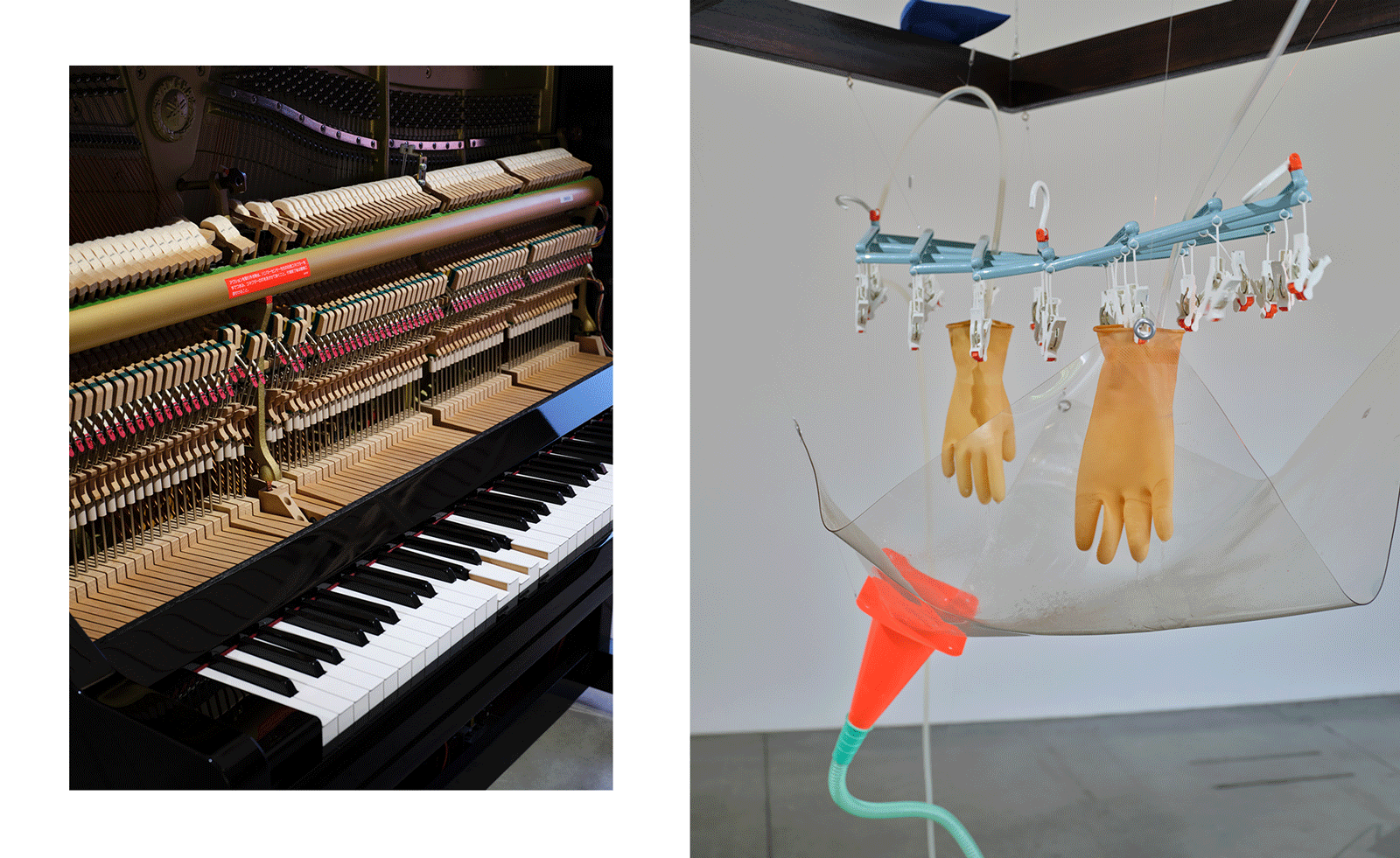 Yuko Mohri’s living installations play on Marcel Duchamp’s surrealism
Yuko Mohri’s living installations play on Marcel Duchamp’s surrealismThe artist’s seven new works on show at Milan’s Pirelli HangarBicocca explore the real and imaginary connections that run through society
-
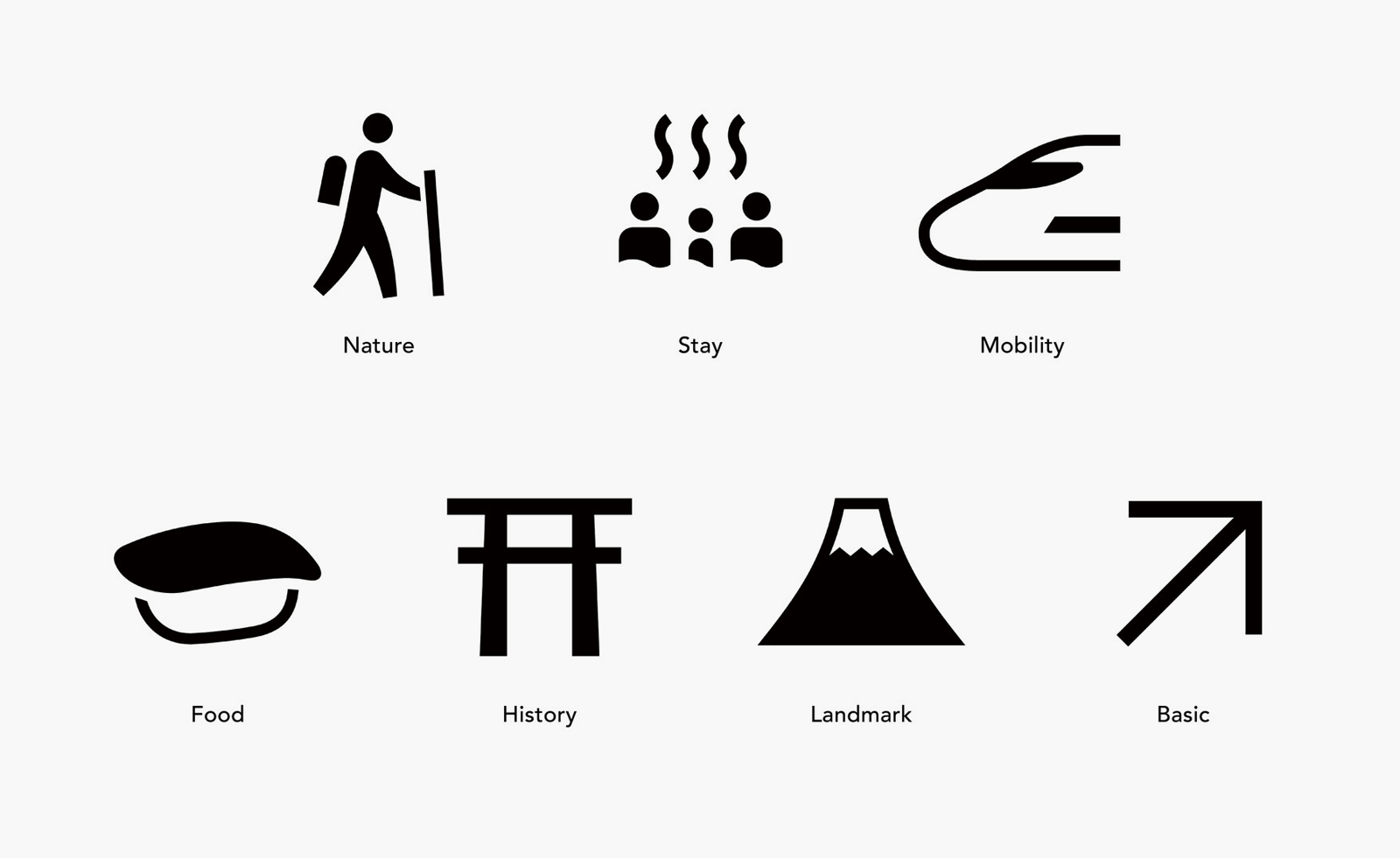 Get the picture? A new exhibition explores the beautiful simplicity of Japanese pictograms
Get the picture? A new exhibition explores the beautiful simplicity of Japanese pictogramsThe simple, minimalist forms of a pictogram are uniquely Japanese, as new exhibition 'Pictograms: Iconic Japanese Designs' illustrates
-
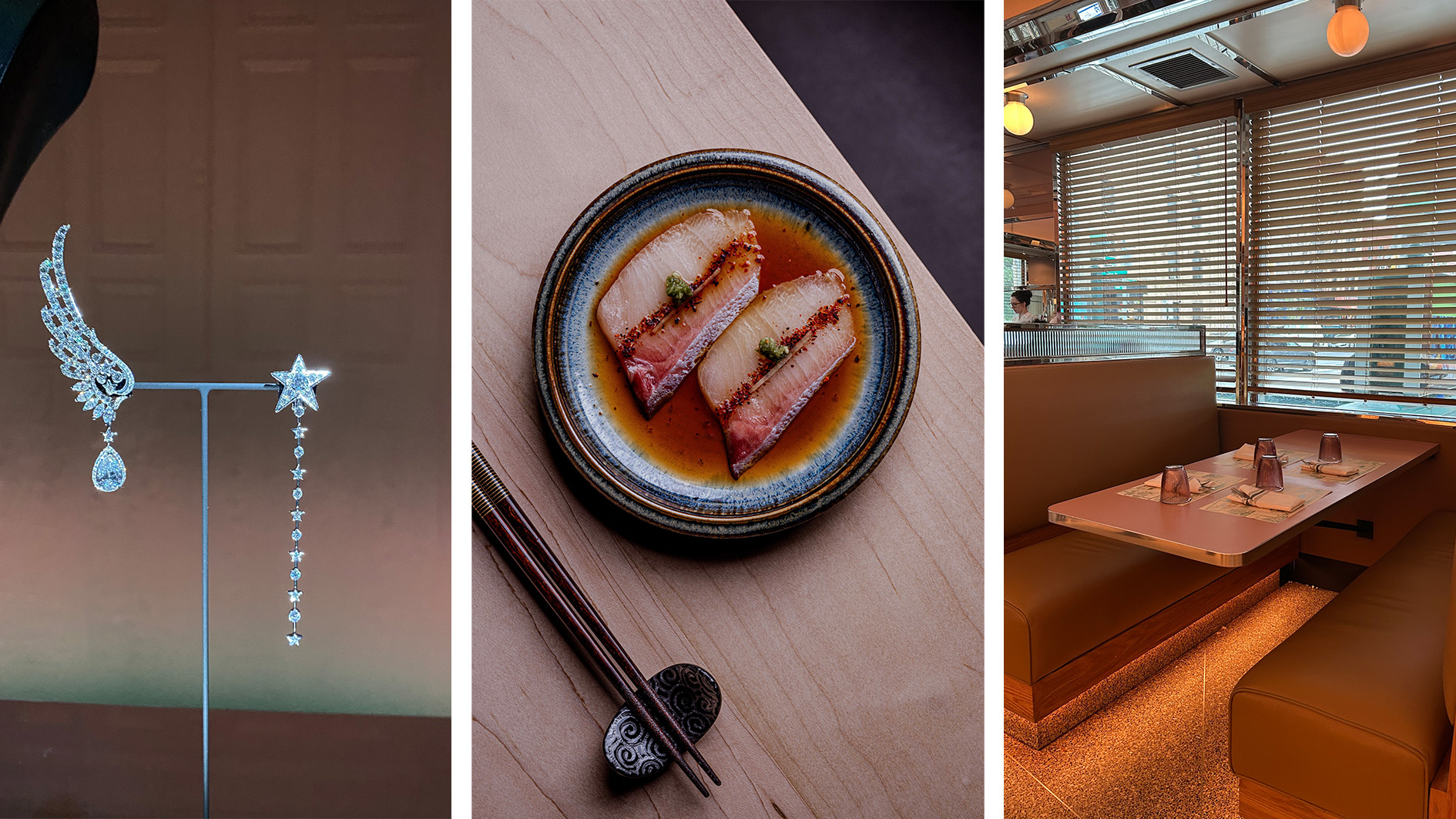 Out of office: the Wallpaper* editors’ picks of the week
Out of office: the Wallpaper* editors’ picks of the weekIt was a jam-packed week for the Wallpaper* staff, entailing furniture, tech and music launches and lots of good food – from afternoon tea to omakase
-
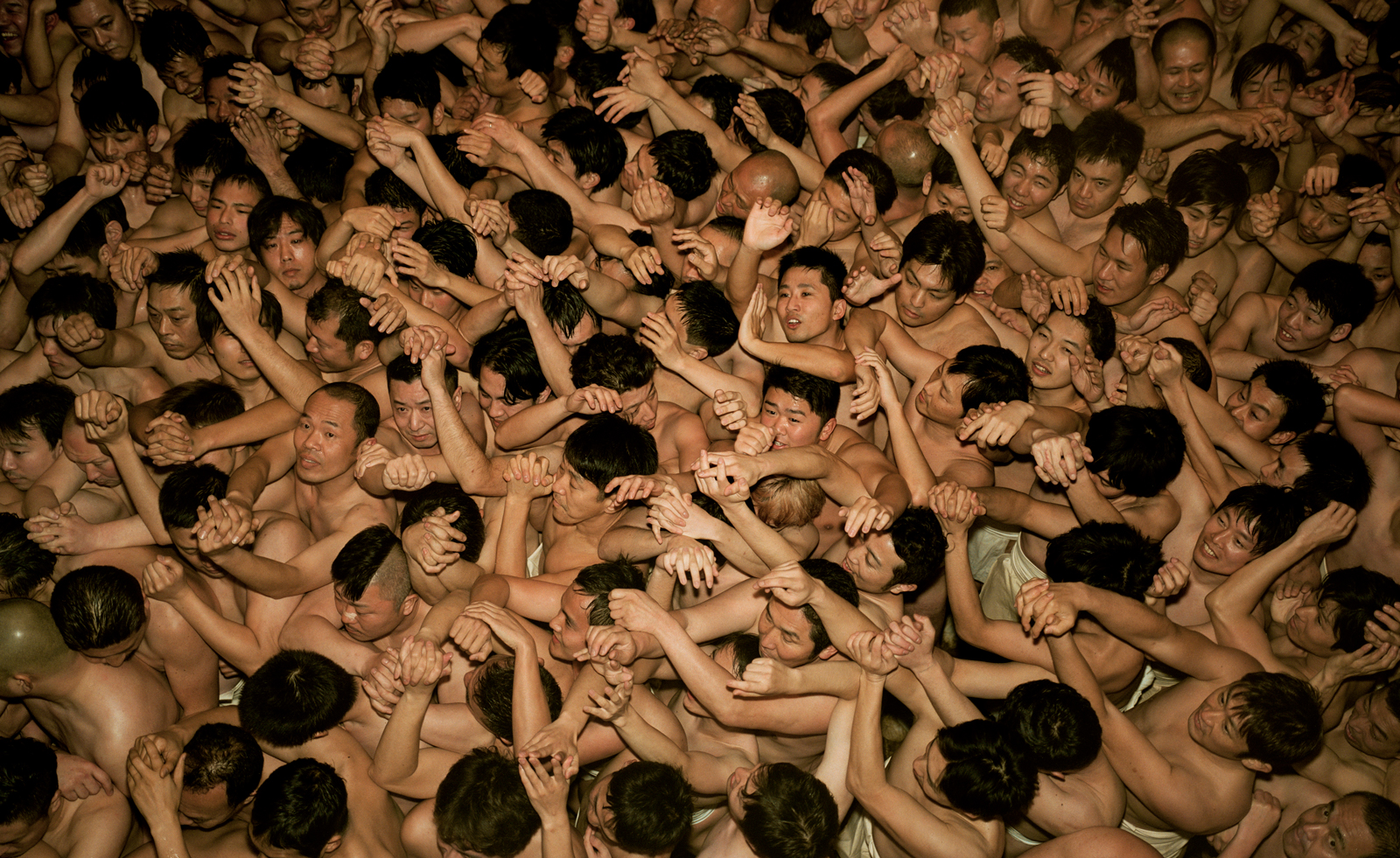 Inside Kyotographie, Japan’s world-renowned photography festival
Inside Kyotographie, Japan’s world-renowned photography festivalKyotographie 2025 embraces the theme ‘Humanity’ in Kyoto – Amah-Rose Abram reports with the highlights, from major and emerging photographers
-
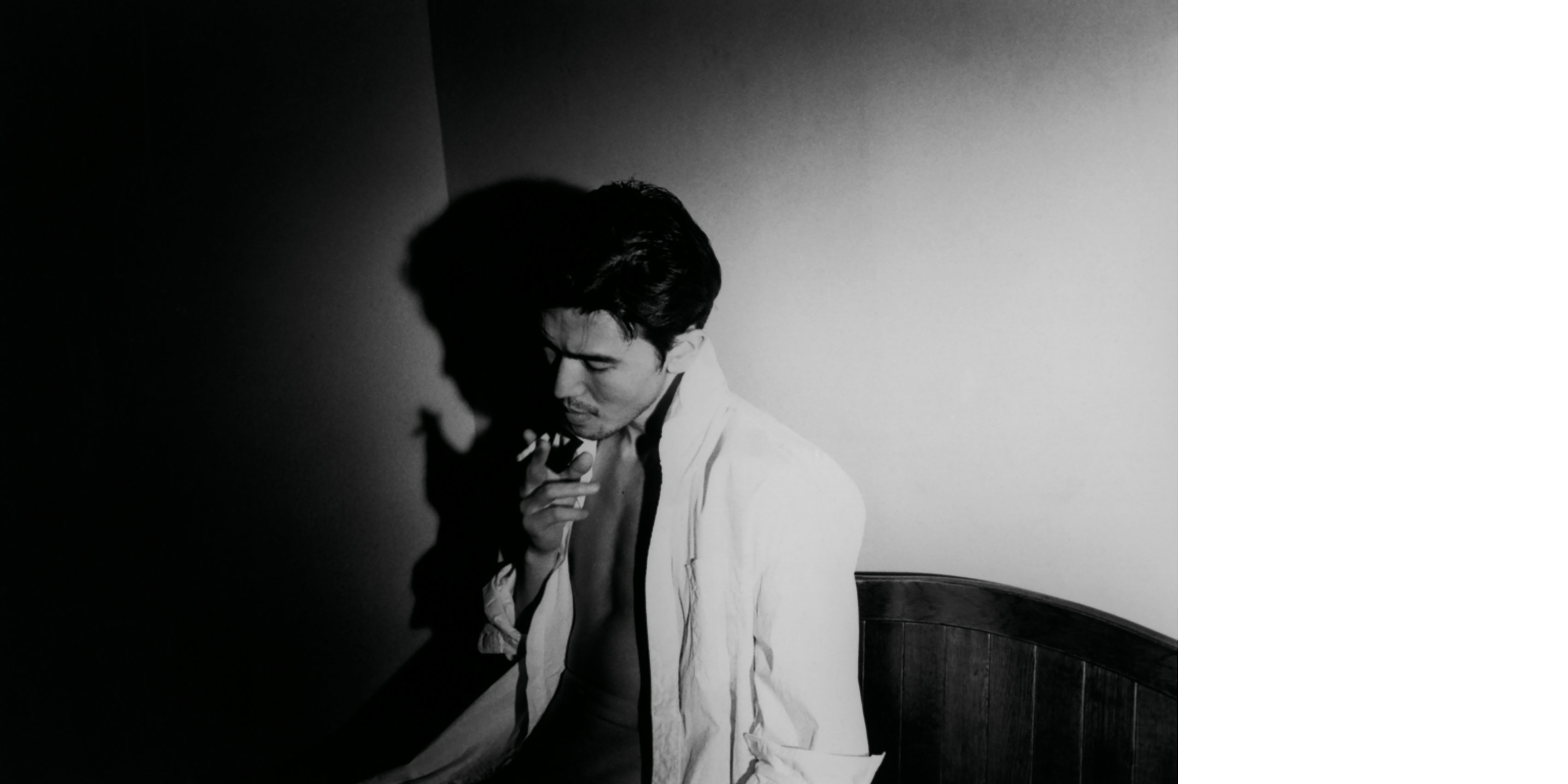 'I’m So Happy You Are Here': discover the work of Japanese women photographers
'I’m So Happy You Are Here': discover the work of Japanese women photographersSubtitled ‘Japanese Women Photographers from the 1950s to Now’, this new monograph from Aperture is a fascinating insight into a critically overlooked body of work
-
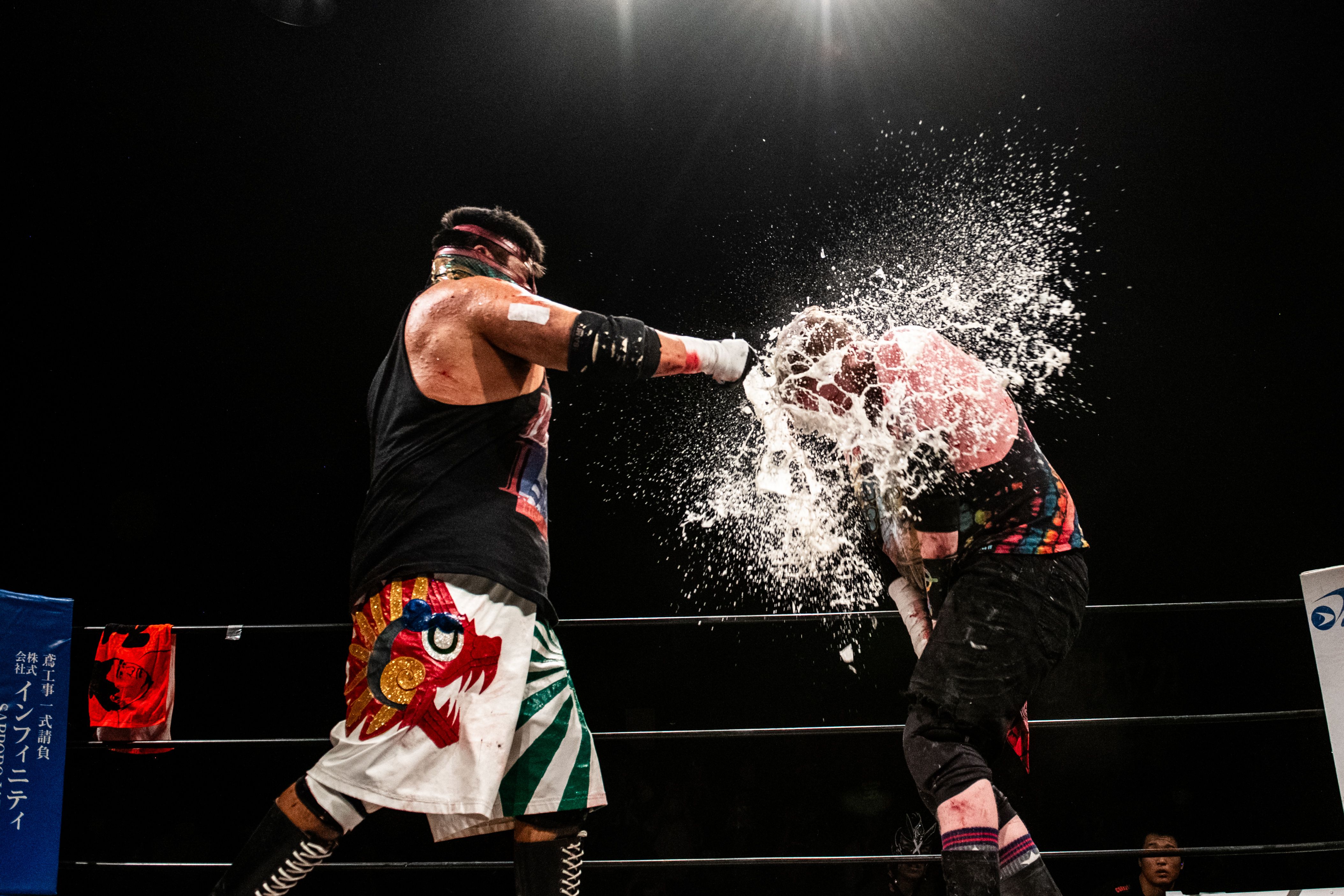 Deathmatch wrestling’s behind-the-scenes moments and bloody glory
Deathmatch wrestling’s behind-the-scenes moments and bloody gloryA new limited-edition book explores the intersection between art and deathmatch wrestling at a sold-out show held in Tokyo
-
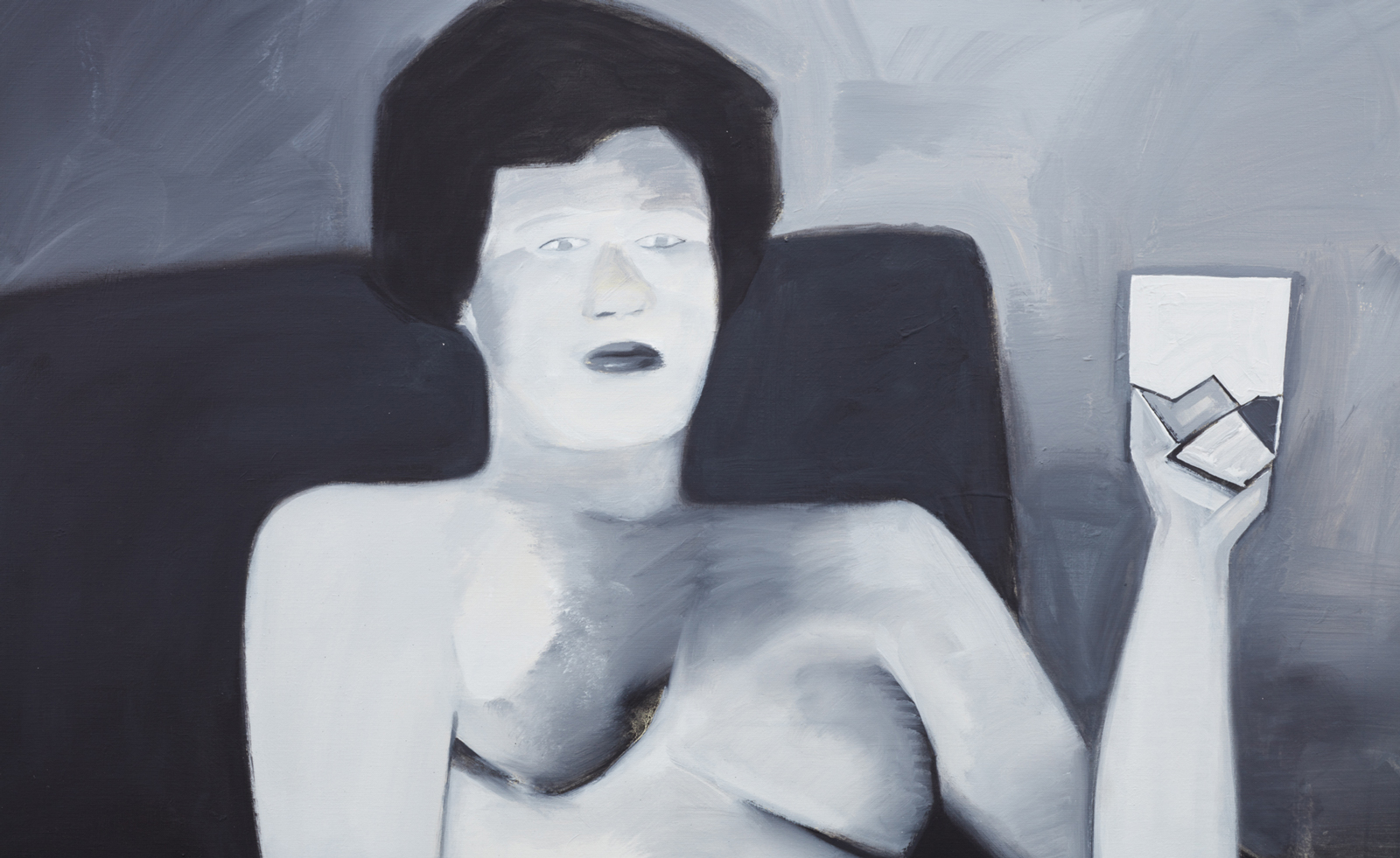 BLUM marks 30 years of Japanese contemporary art in America
BLUM marks 30 years of Japanese contemporary art in AmericaBLUM will take ‘Thirty Years: Written with a Splash of Blood’ to its New York space in September 2024, continuing its celebration of Japanese contemporary art in America
-
 Olafur Eliasson inaugurates Azabudai Hills Gallery in Tokyo
Olafur Eliasson inaugurates Azabudai Hills Gallery in TokyoOlafur Eliasson marks launch of Azabudai Hills Gallery, in Tokyo’s major new district, with a show of elemental strength